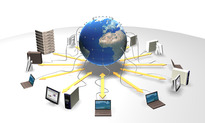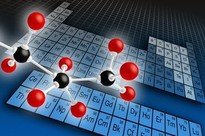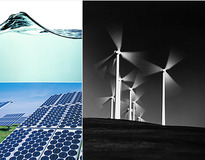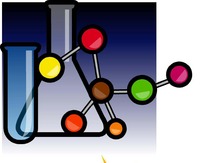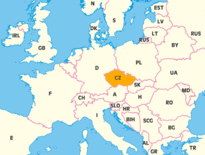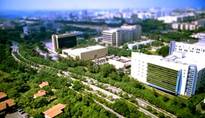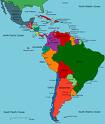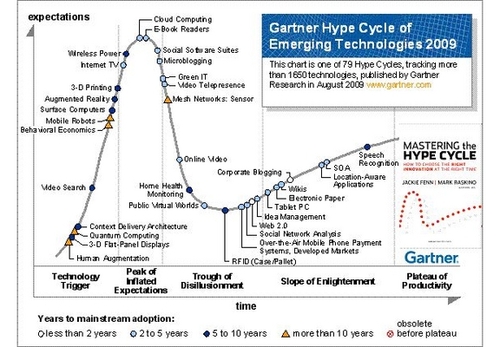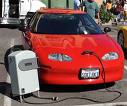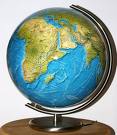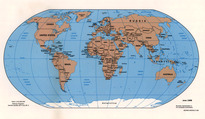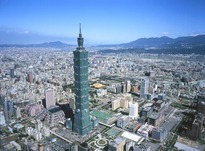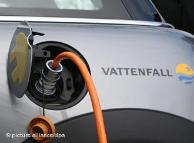 Information and communications technology is build on a half century of advances in microelectronics technology. But it's also dependent upon the infrastructure of a region's electric power grid.
Information and communications technology is build on a half century of advances in microelectronics technology. But it's also dependent upon the infrastructure of a region's electric power grid.
The extent of this dependence is manifest to anyone who has attended a technology or business conference in a developing -or developed- country where frequent brownouts can put big-screen, high tech Powerpoint presentations into blackout mode, along with the lights and air conditioning.
Soon to follow in ICT's foot steps? Battery powered, electric automobiles with fully electronic control.
Ford, among others, has plans for future vehicles to plug into 'the grid' allowing owners to choose to recharge at off-peak times when electricity is cheaper, or when renewable energy is available. It's all part of an effort to drive interest in alternative energy vehicles. Ford recently released details of a two-year collaboration with 10 utility companies as well as the Department of Energy on the design of a system that allows car owners to control when they charge vehicles and for how long.
The age of the grid-driven, electric powered, electronically controlled vehicle is upon us, and it's spurring efforts by countries around the wrold to get in on the act.
And, when it comes to electric mobility, the German capital, Berlin, is fast becoming the preferred testing ground for European companies to show off their newest technology. BMW and Daimler are both testing vehicles in Berlin, according to this report.
Sustainability is the new industry buzzword and "in the future, the zero-emission vehicle will be the basis for our business model," said Bernhard Mattes, vice president of Ford of Europe's Customer Service Division. Similar statements came from Volkswagen CEO Martin Winterkorn and from Karl-Thomas Neumann, CEO of tier one Continental AG, EE Times reports.
Around the world, the convergence of electric power and electronics for control is totally reshaping the automotive industry. Consequently, it's attracting the attention of countries, like Taiwan - big in the chip and computer business but with a relatively low low profile in today's automobile industry.
Earlier this week Taiwan's Ministry of Economic Affairs disclosed plans to up its investment in its automotive electronics industry. Taiwan launched what it calls a "Project to Establish Indigenous Technology for the Automobile Industry" to support development of auto projects focusing on safety, information systems and navigation. The government also is supporting development of RFID "service modules" for the auto industry as part of a demonstration auto supply chain project.
The project will focus on telematics systems, auto lighting, LED headlights, parking systems and tire pressure monitoring systems. Taiwan hopes to expand its supply of auto electronics to major car manufacturers around the world, and to facilitate this the Taiwan government has identified segments of the industry where investment is needed. China is Taiwan's biggest target market for auto electronics where it estimates that Taiwanese auto electronics production could triple by 2015 to more than $9 billion annually as demand in China and other Asian markets surges.
Meanwhile, back in Europe, the German government has agreed to foster development and public acceptance of electric cars, noting that by the year 2020, the government hopes to see one million electric vehicles on Germany's roads. Playing catch-up, mostly with Japan, the German federal research ministry plans to spend €200 million (about $282 million) in R&D.
In other another e-vehicle development, one with a new twist on trolley catenary systems, researchers at the Korea Advanced Institute of Science and Technology (KAIST) have developed an electric transport system powered by cables underneath the surface of the road via non-contact magnetic charging. As well as potentially saving Koreans a lot of money by reducing crude oil imports, widespread adoption of the technology also offers the potential of improving air quality in currently polluted cities
